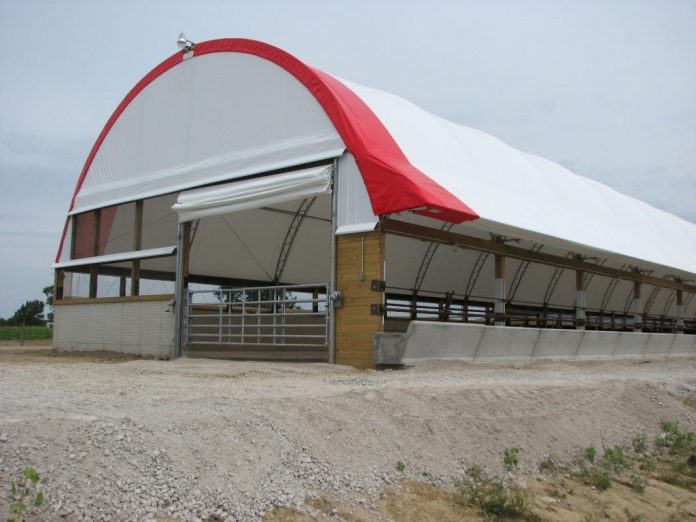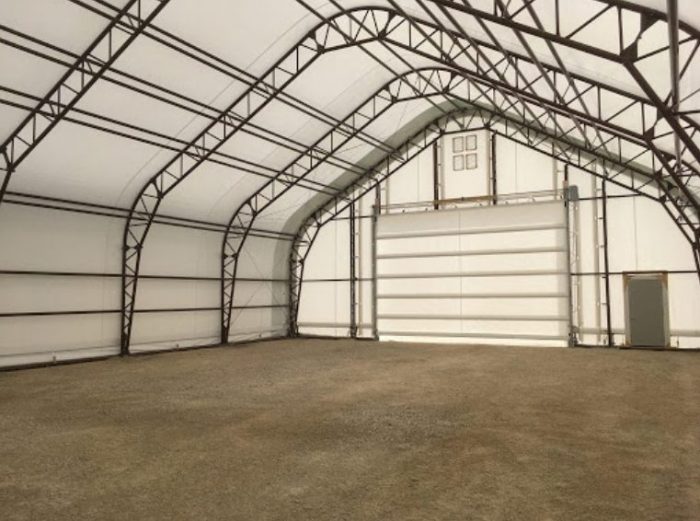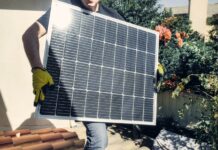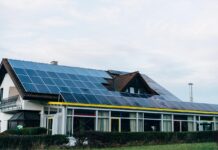Fabric covered structures are seeing dramatically increased use in various areas, including aerospace, mining, vehicle engineering, in-the-field industry and so on. Why are they becoming popular?
Because they are versatile. They can be easily customized to any dimensions, shapes and can feature diverse additional equipment like lighting fixtures or cranes. So, here are some of the most notable characteristics of canvas covered buildings that make them so desirable in different industries.
They are easy to move around and set up on different foundations
When you compare the average numbers, the time it takes to install a fabric building from start to finish is approximately three times shorter than the time it takes to set up any conventional alternative. Although a fabric building is more or less permanent once finished, there are those that are designed with the specific idea to be portable.
The biggest selling point here is the sheer speed with which they can be erected and made functional. Compared to steel sheeting systems, which typically take anywhere from .03 to .07 hours of manual labor per square foot, canvas covered constructions clock in at an average of .02 – .03 hours per square foot.
Canvas buildings can be set on a variety of foundations, including concrete cast in place, screw piles, and helices. Unlike the popular misbelief would have it, they adhere to the very same architectural codes as the more traditional metal structures. The fabric building and metal building industries employ the exact same engineering. They are equally treated in terms of applying snow, wind, and seismic load calculations. To learn more about types of loads in various structures, check out this informational article.
They boast excellent durability
A fabric building might sound way too flimsy for any heavier use, such as in industry. That is entirely wrong: these contraptions have the potential to last for several decades and easily rival their more traditional “sturdy” counterparts.
Their frames are usually made of steel and are remarkably rigid. This lets the structures handle additional loads, like conveyors for example, while still being safe in the face of seismic disturbances and intensely adverse weather conditions (e.g. snowstorms, heavy rain, strong winds, intense heat, high humidity, and so on).
Of course, fabric reacts differently to the elements and their associated problems – for example, it is a prime breeding ground for mold, fungi in general, and slimy little creepy-crawly vermin that pop up on rainy or humid days. To combat such issues, there are canvases designed to be fungicide resistant. So, when the nasty neighbors do show up, they can be chemicalized right out of existence.
They are also safe from rust and such, and resistant to heat and UV radiation. Last but not least, if you ever need to repair or replace some segments of your canvas contraption, it will come up drastically cheaper than regular building repair – barely reaching $10 per square foot.
They are remarkably energy-efficient
With the idea of green architecture booming over the past several years, efficient solutions to our energy consumption trends have become a must, especially in the industrial context.
In terms of building-level expenses, it really comes down to heating and cooling the building. You can find some neat tips on managing your own residential heating system at this link: https://www.energy.gov/energysaver/heat-and-cool/home-heating-systems
Even without a HVAC installed, canvas covered buildings will always have a few degrees difference between the exterior and interior temperatures – cooler in the summer, warmer in the winter. They also allow natural light through their roofs during the day and can even boast solar panels if necessary.
They are recyclable and sustainable
Tying in with the environmental awareness demands, fabric buildings can be reused, and are even often made from recycled materials of previous buildings. The process of replacing the cover on a canvas building is called “reskinning”.
The average life cycle of these fabrics stands at around twenty to thirty years, and after that they can be recycled. Most of them use polyethylene material which is classified as low on the toxin emission estimate scales.
All of this gives them significant advantage over more traditional industrial building solutions.
Find a Home-Based Business to Start-Up >>> Hundreds of Business Listings.


















































